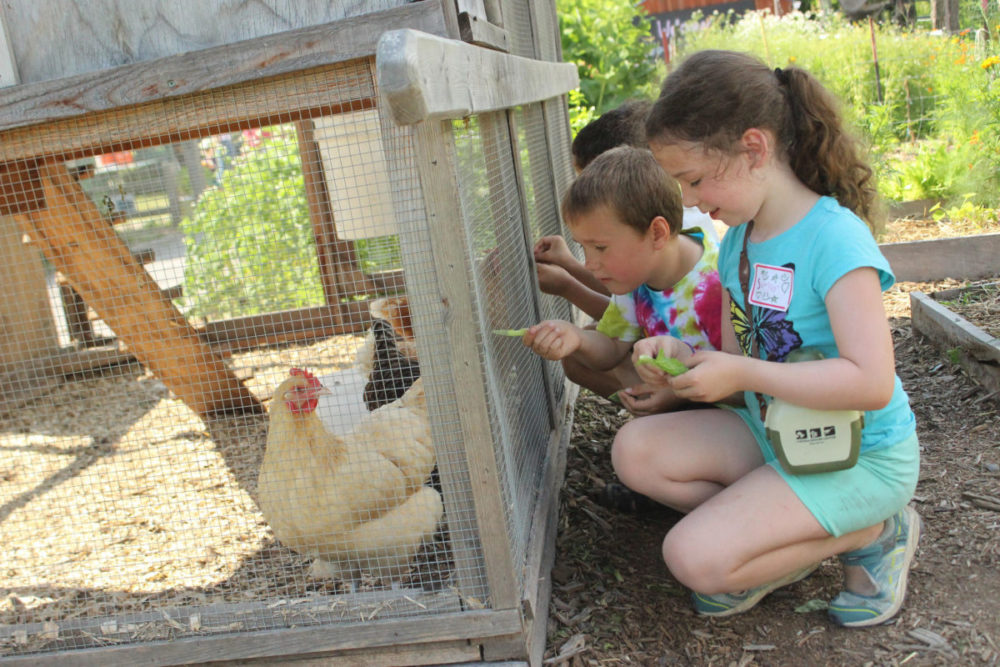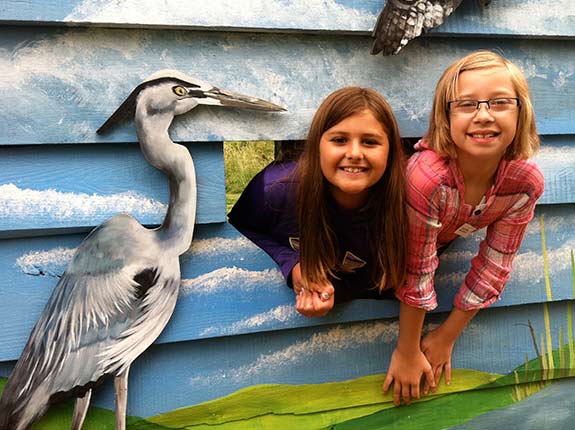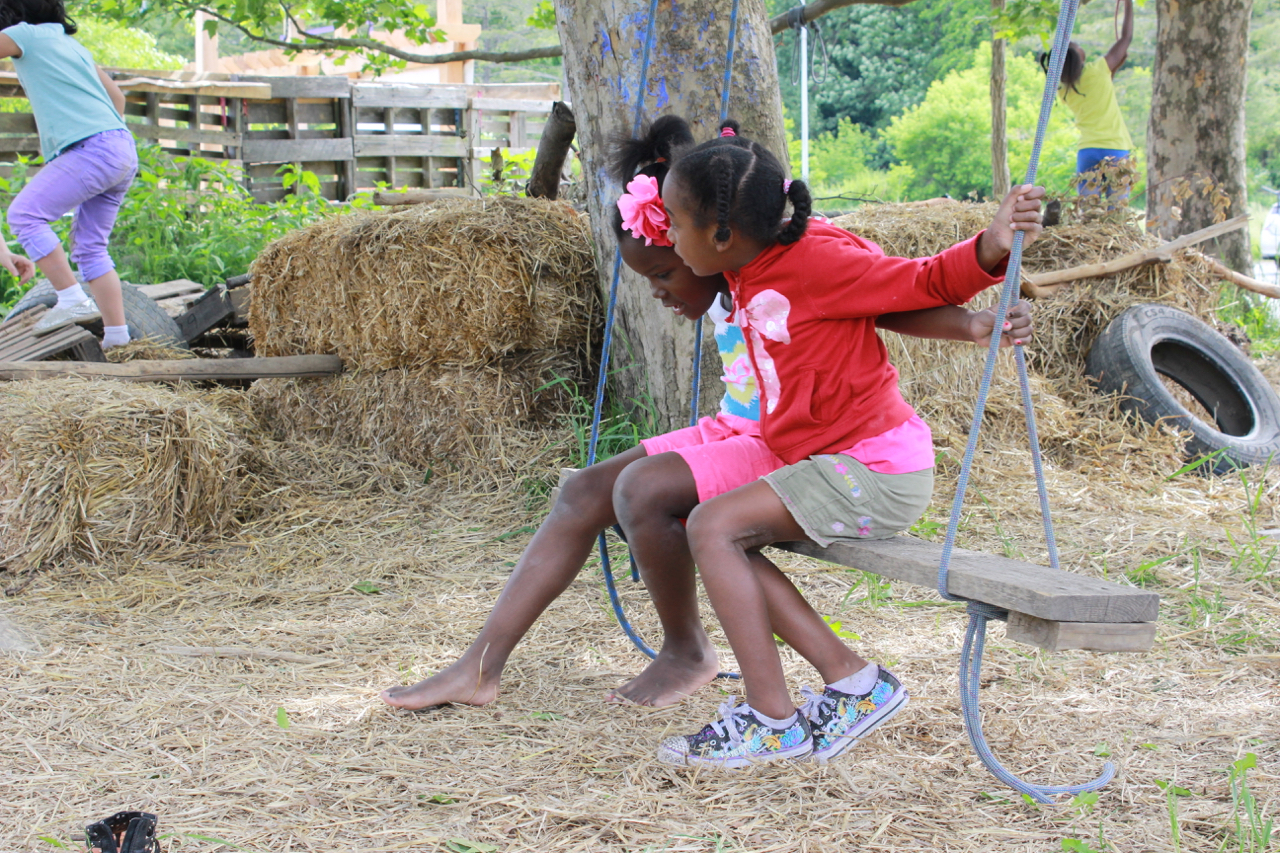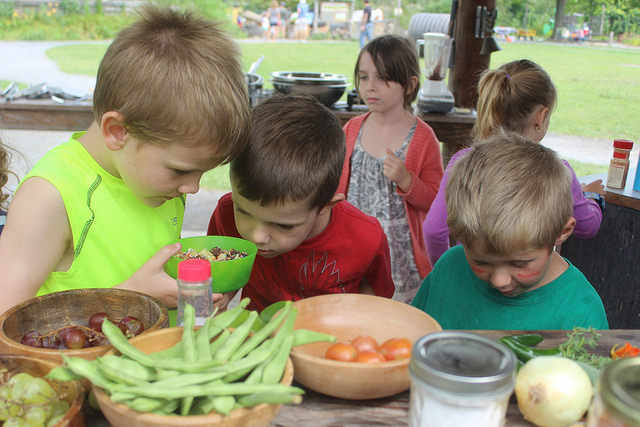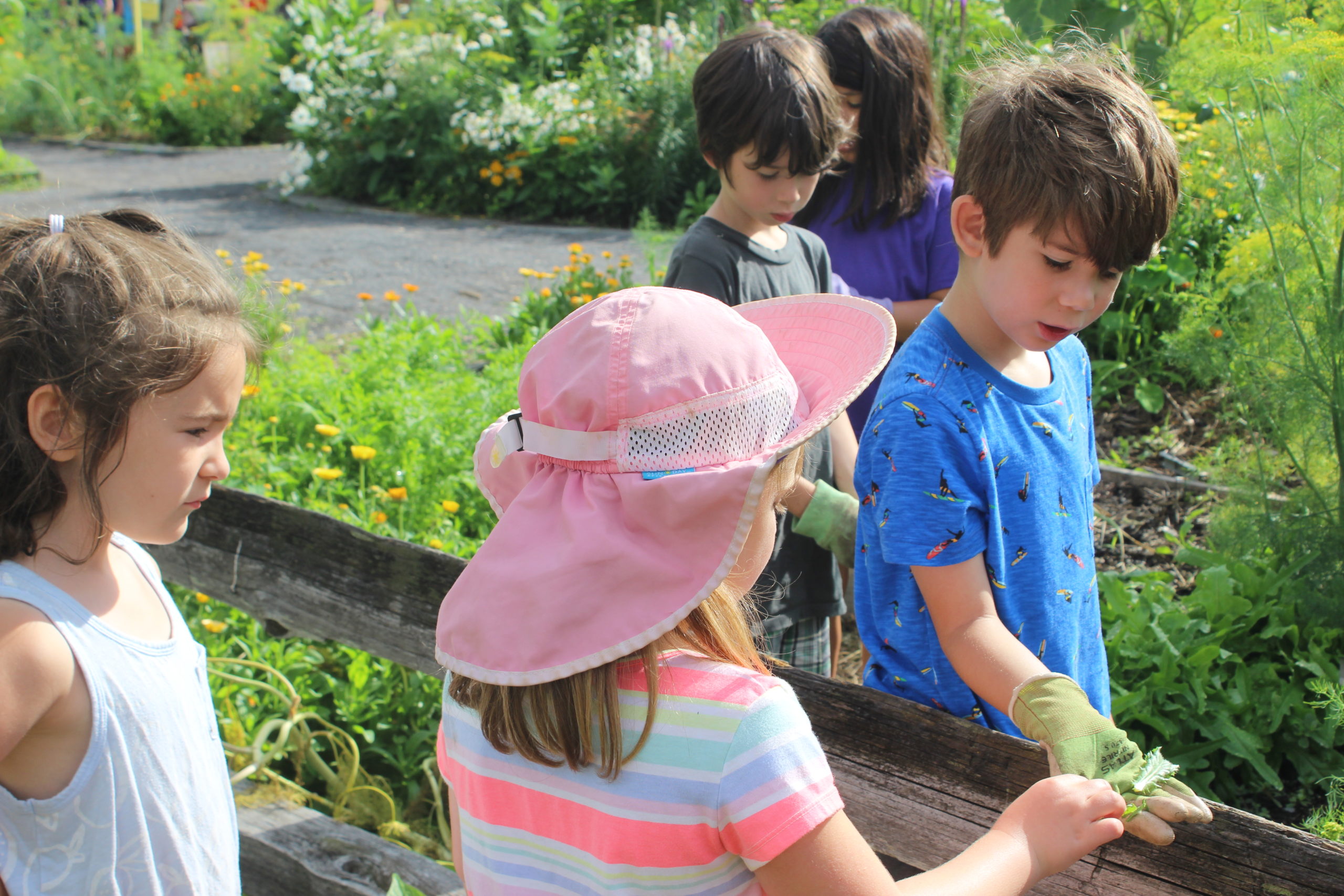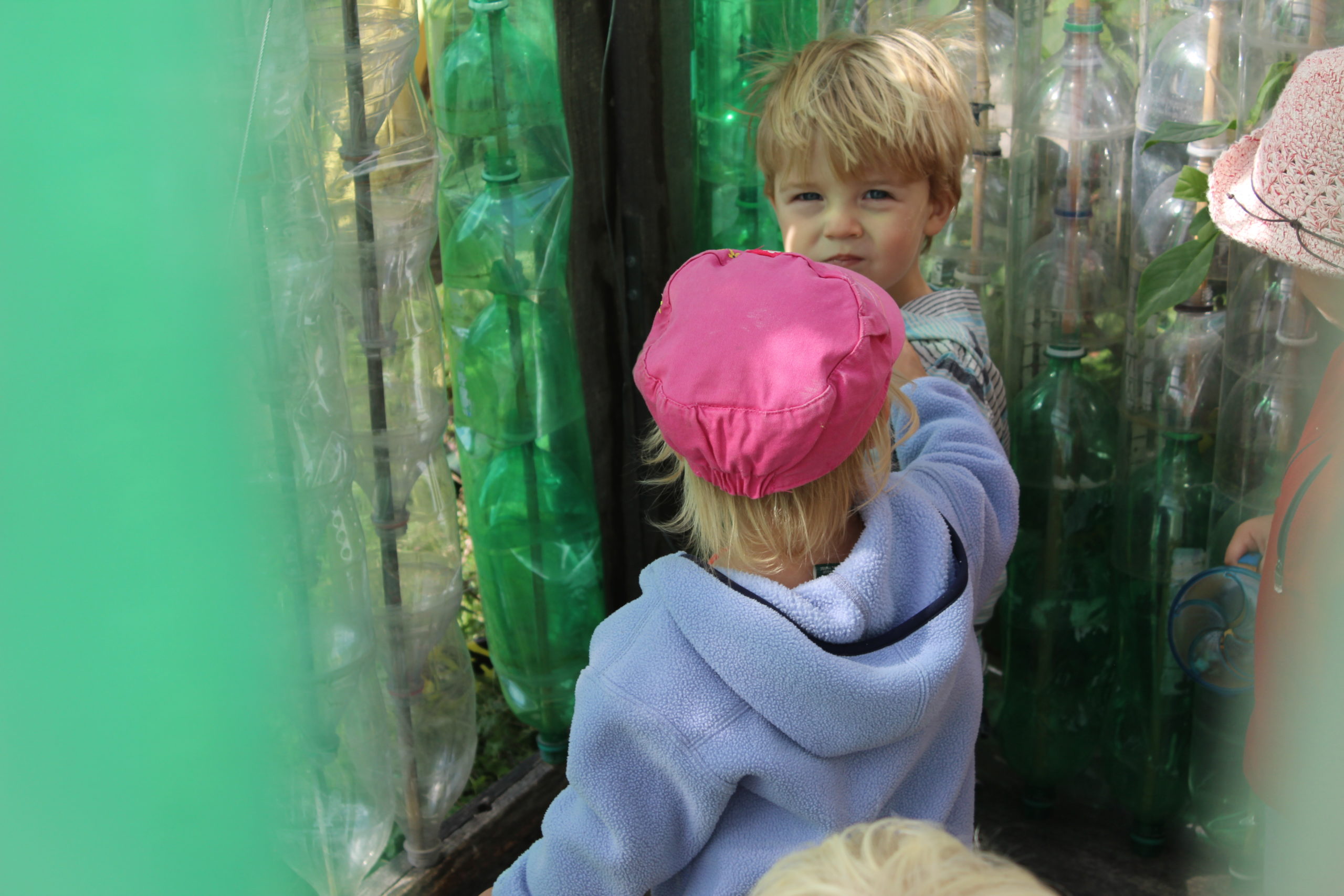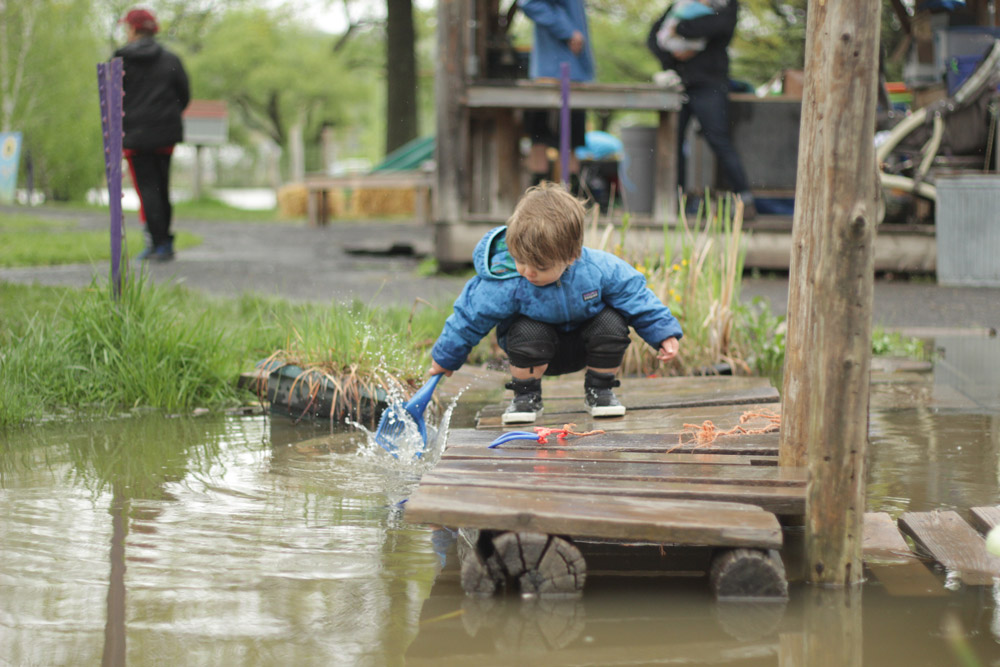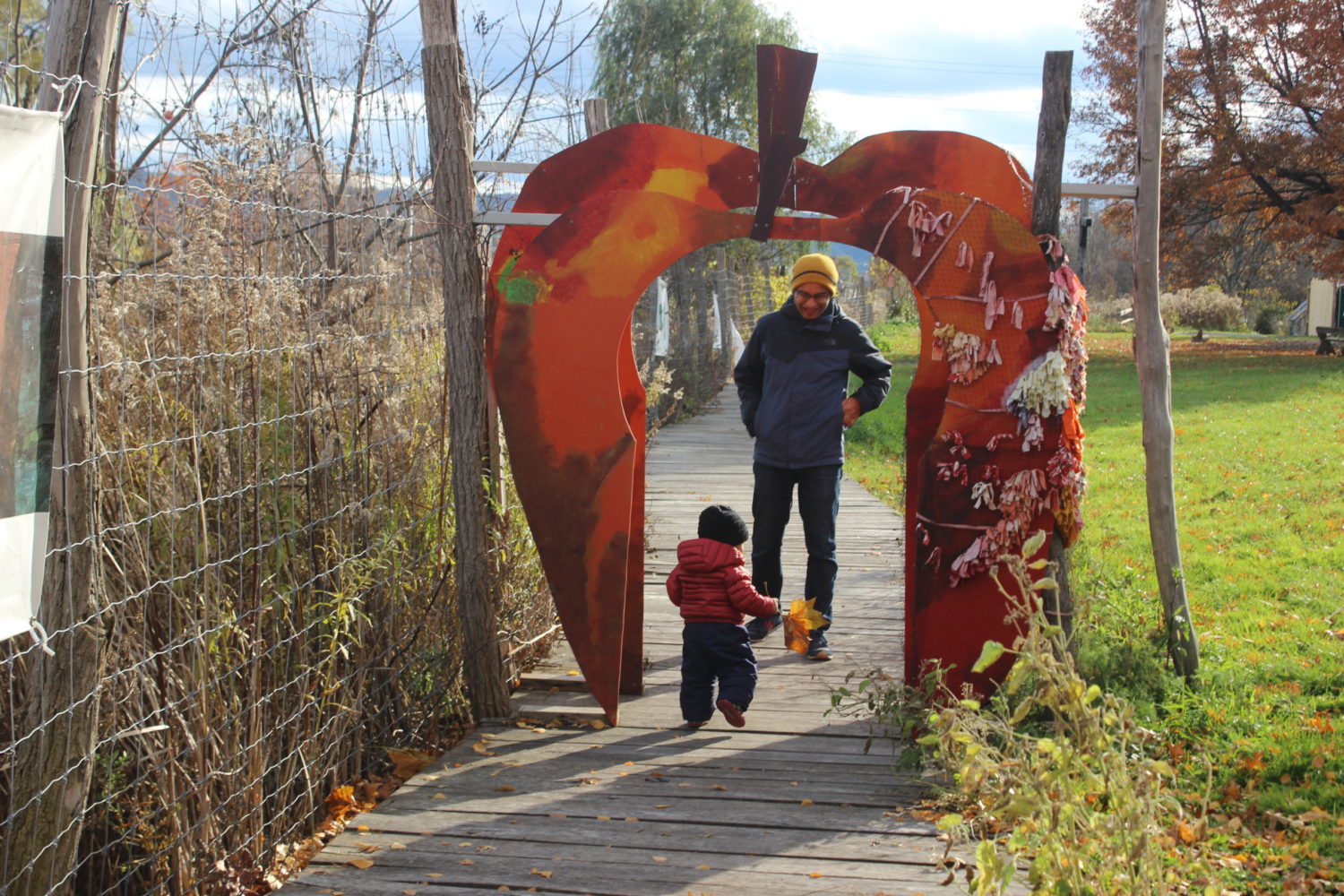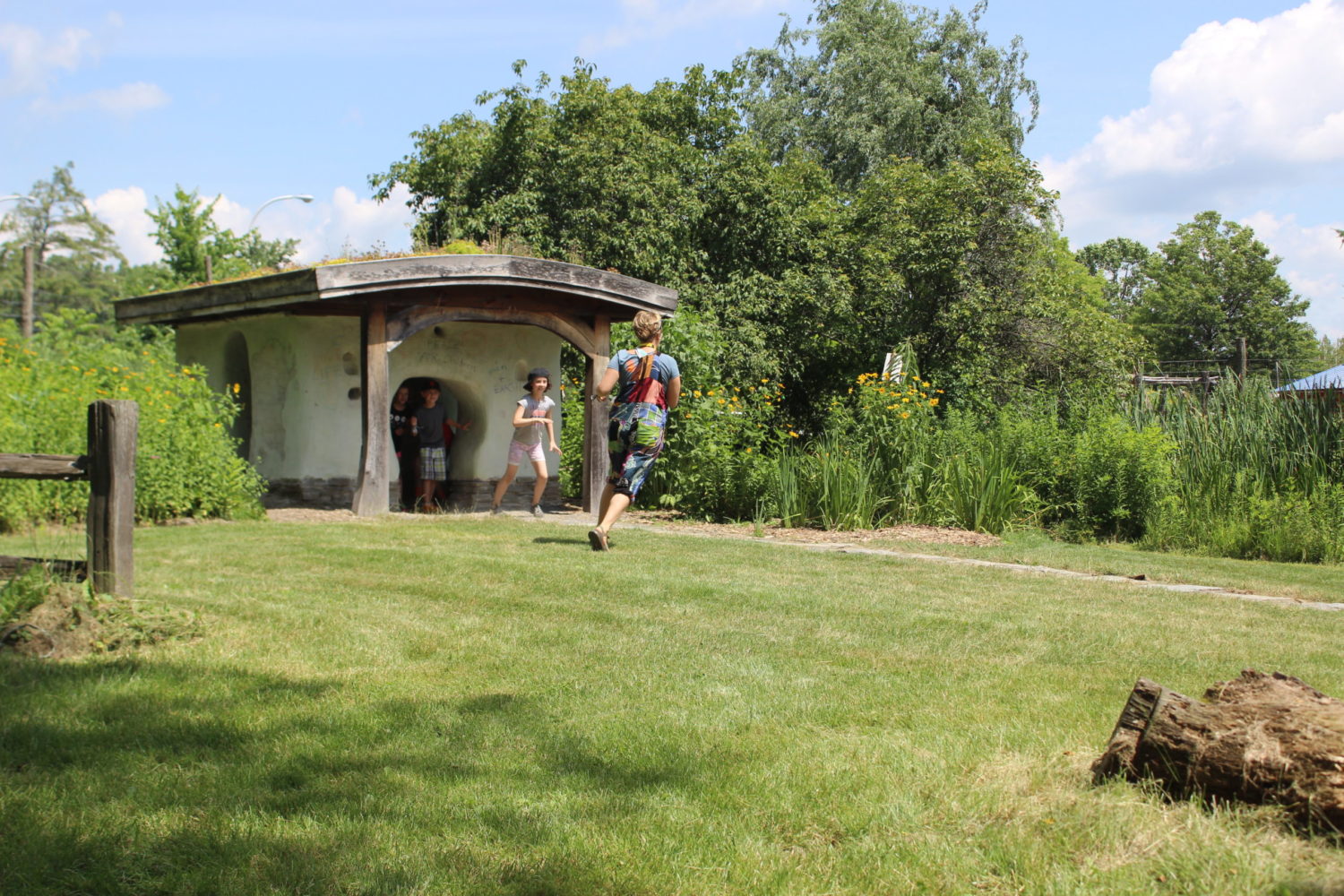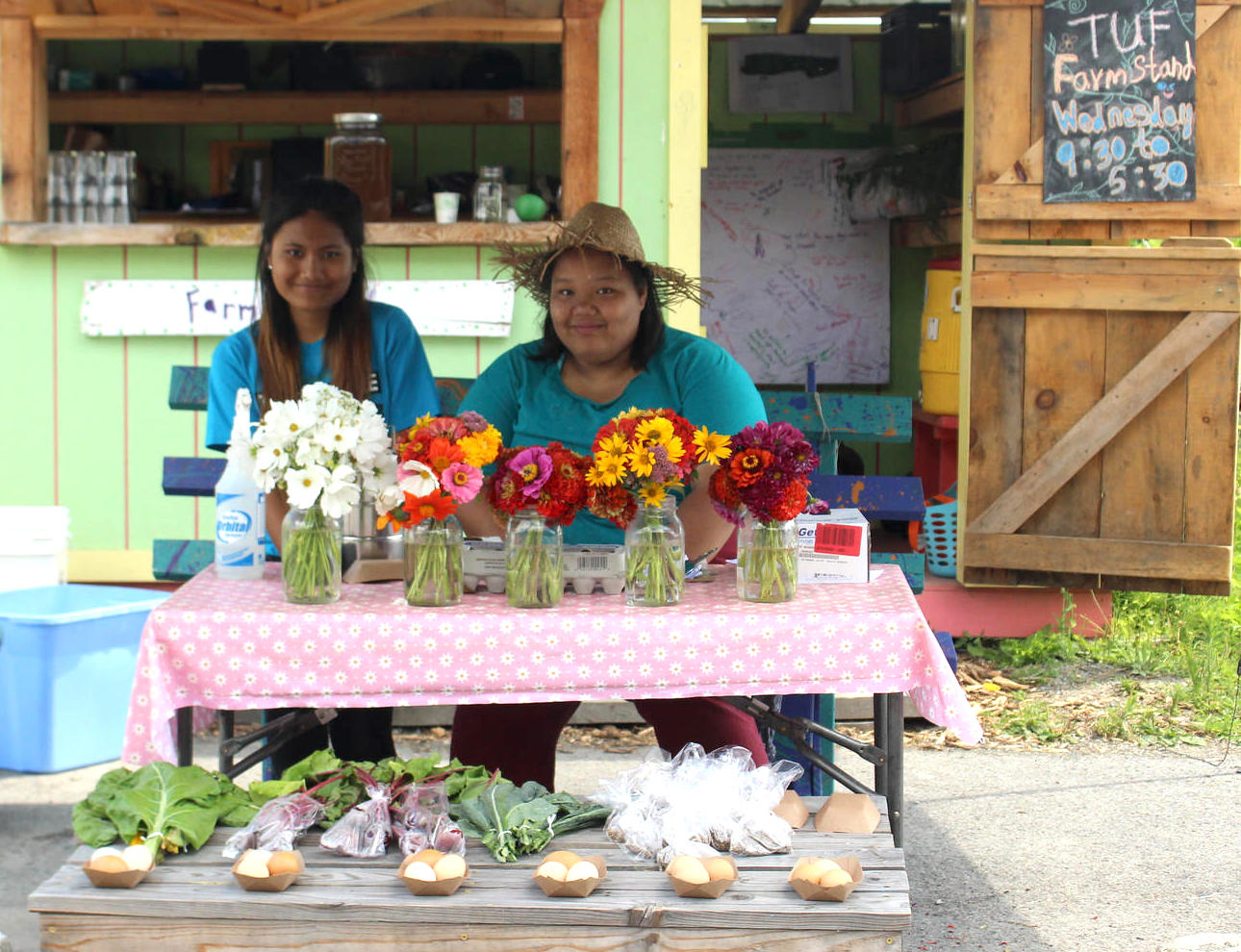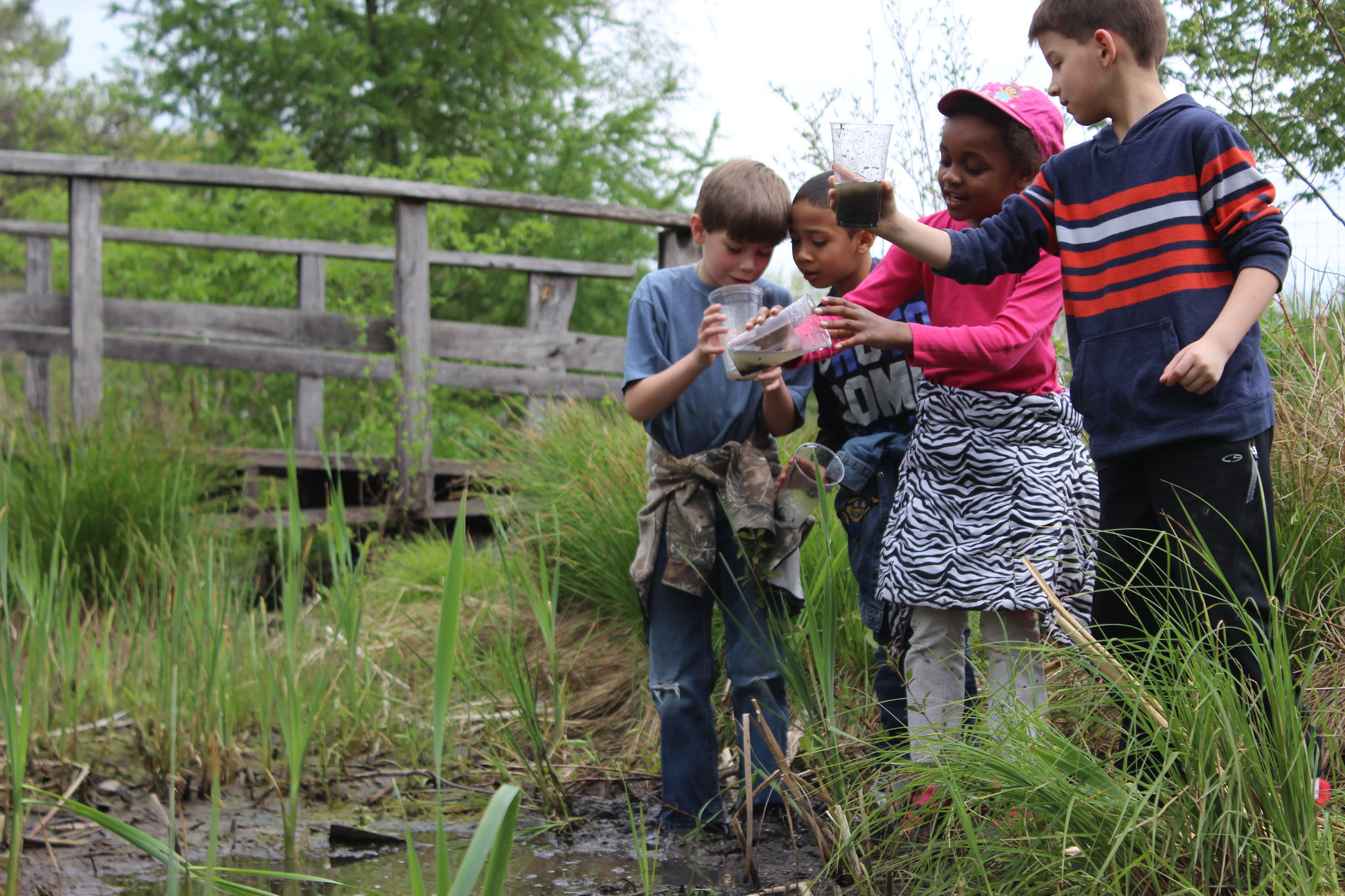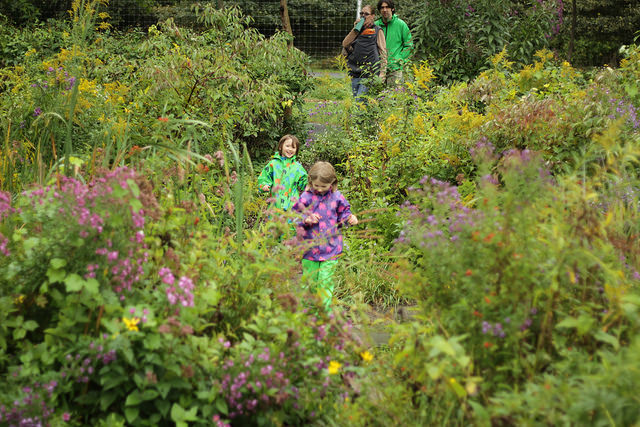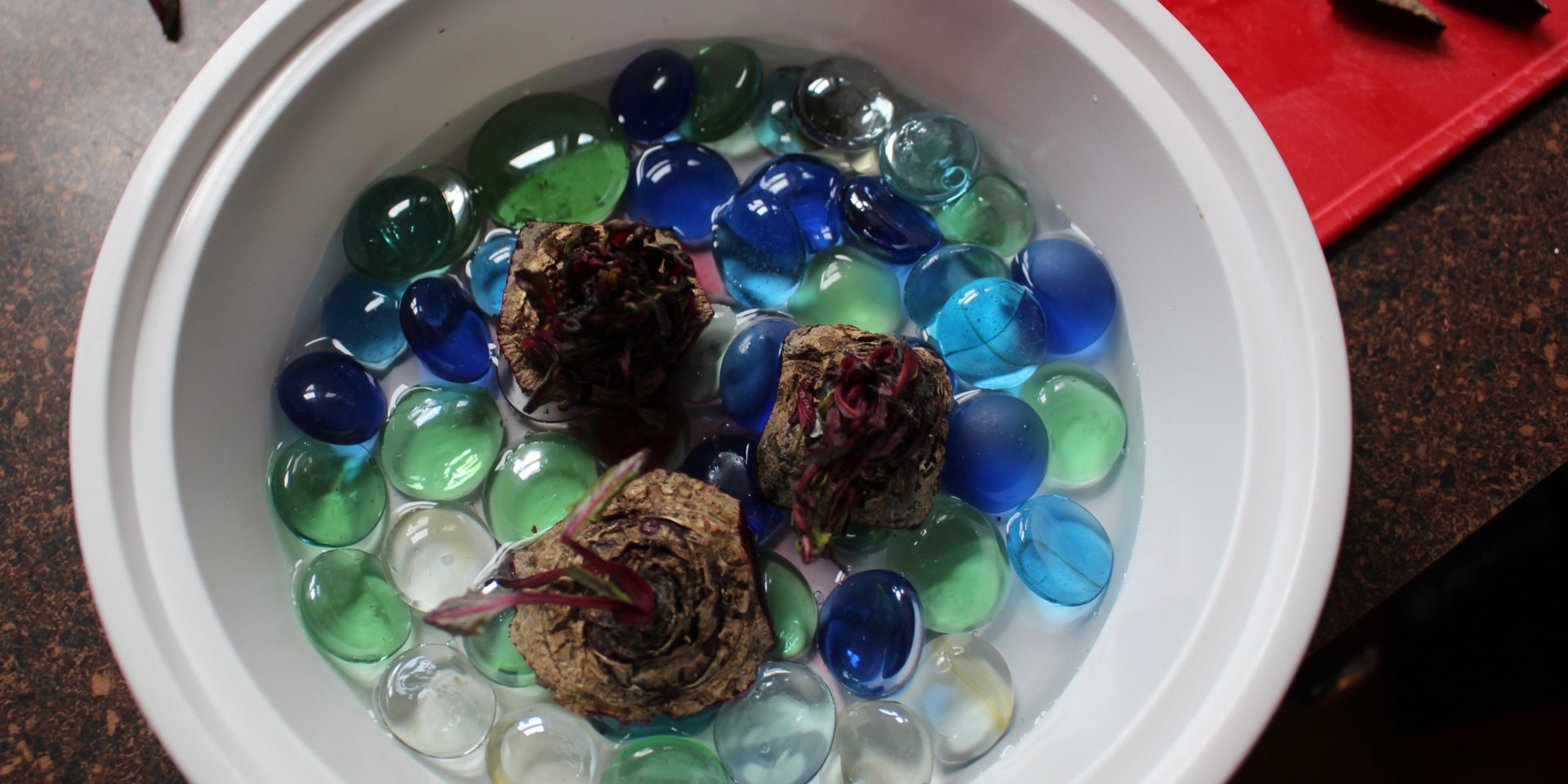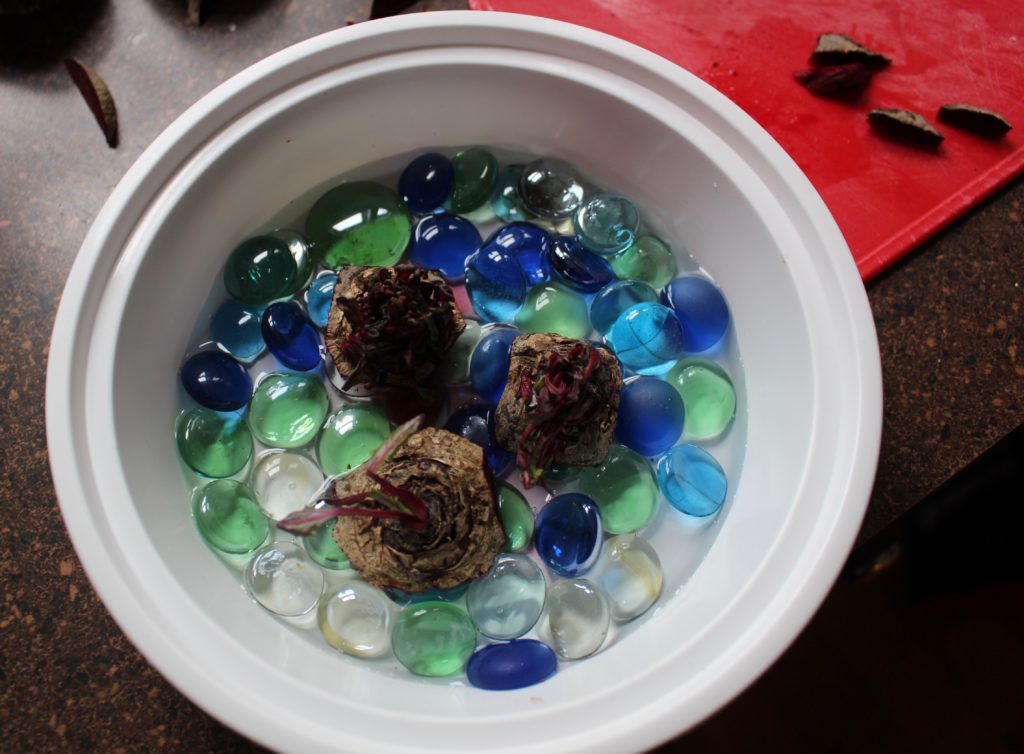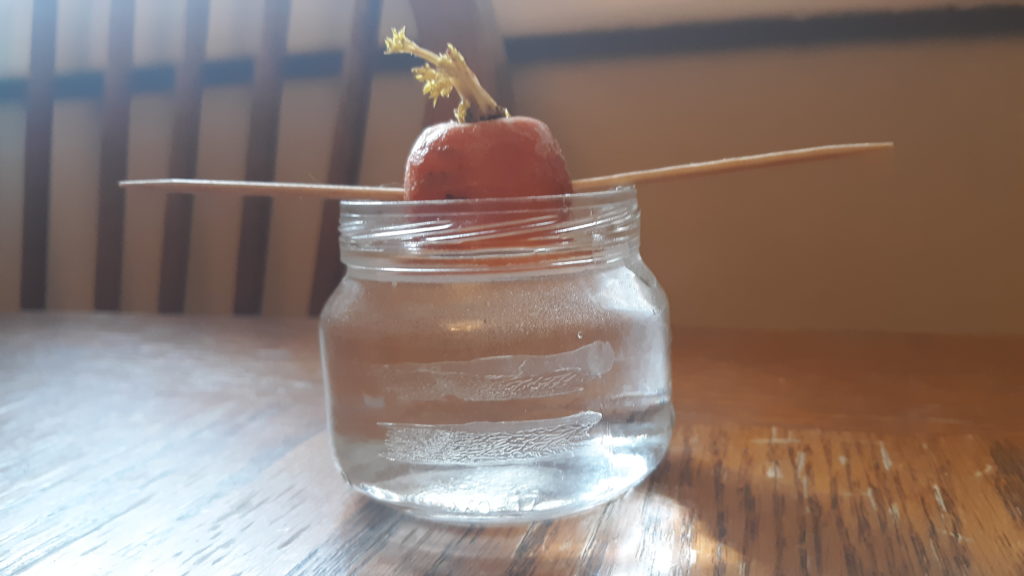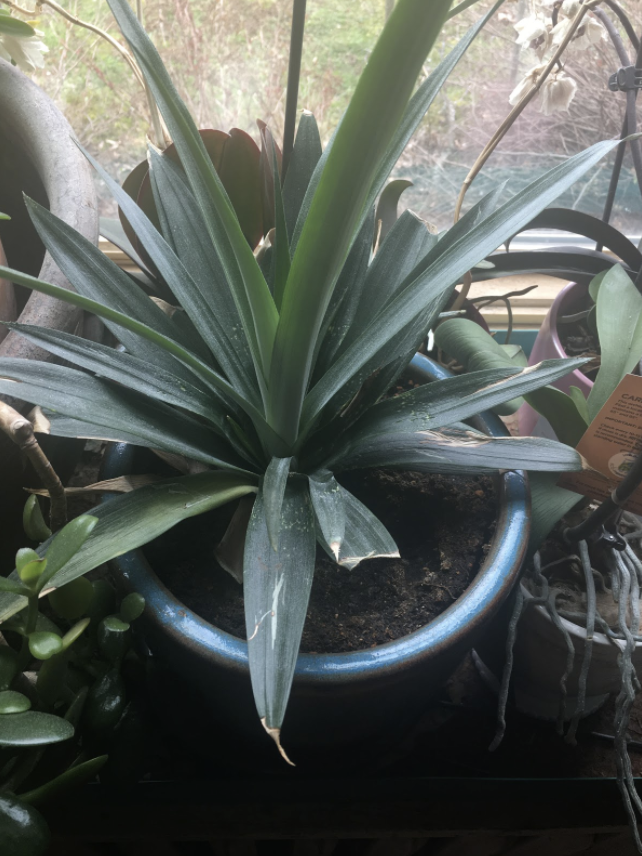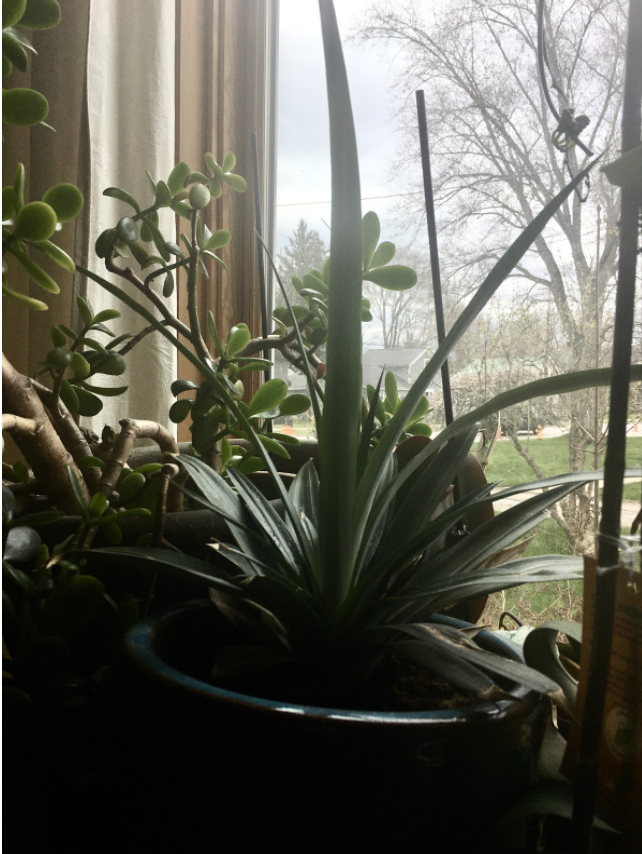Garbage Gardening: Growing Vegetable Scraps
Did you know you can regrow some vegetables (and fruit) from the parts you don’t eat? You can grow new roots on the bottom of your veggies to regrow them into more food!
What you need:
- Shallow wide-mouth containers such as bowls or recycled containers
- Toothpicks (optional)
- Water
- Vegetable scraps
BEETS & CARROTS
Unlike celery and lettuce where the bottoms grow new plants, save the tops of beets and carrots to regrow them. Use toothpicks to suspend a carrot top above a container of water. You can also line up several carrots, cut side down, in a shallow dish filled with water. Put some pebbles, marbles, or something similar underneath to support the cuttings.
In 1-2 weeks, roots will start to grow. Once roots have started to grow, plant the carrots outside in your garden with the green tops above the soil. Beets and carrots put all their first year growth towards the roots so you won’t get a new carrot or beet but you will have plenty of greens to harvest and eat
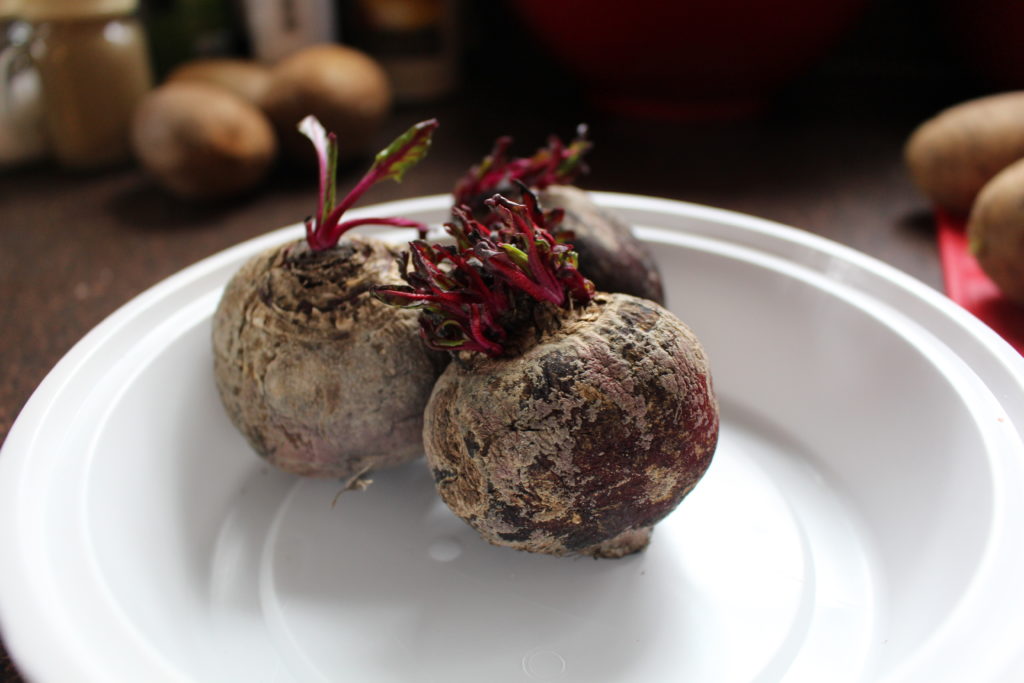
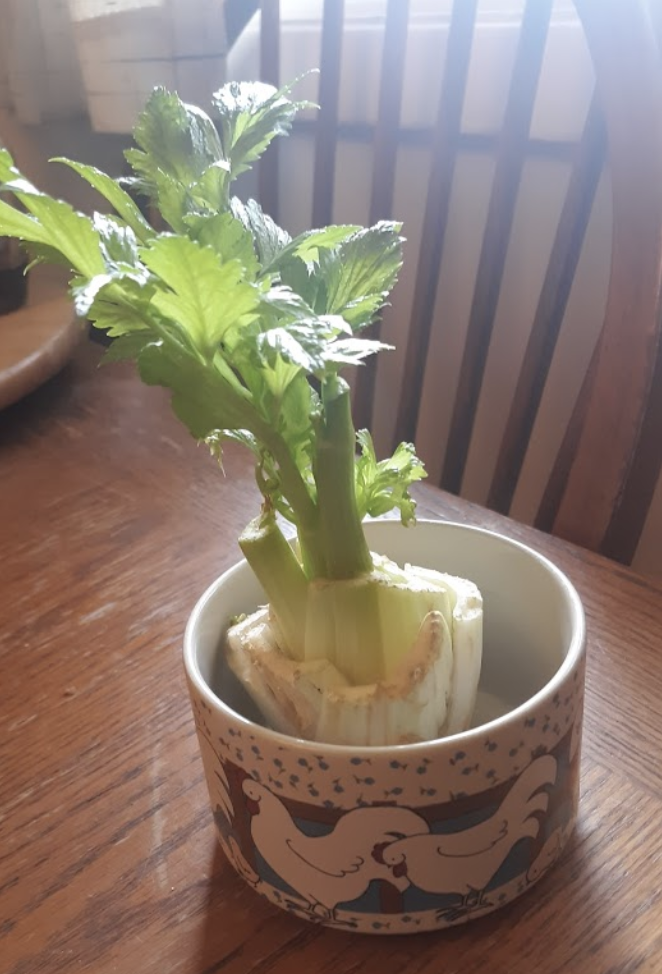
CELERY
Save the bottom of celery bunches to regrow new ones. Place the bottom of the celery in a bowl with ½ inch of water. Set near a sunny window and change the water daily. It will start to grow within a few days. After a couple of weeks you should notice some roots growing on the bottom. Once roots are growing, transfer your celery to your garden or container garden. Plant it out of direct sun and keep the soil moist.
Other vegetables that can grow from their bottoms (like celery & lettuce): bok choy, spring onions, leeks, napa cabbage.
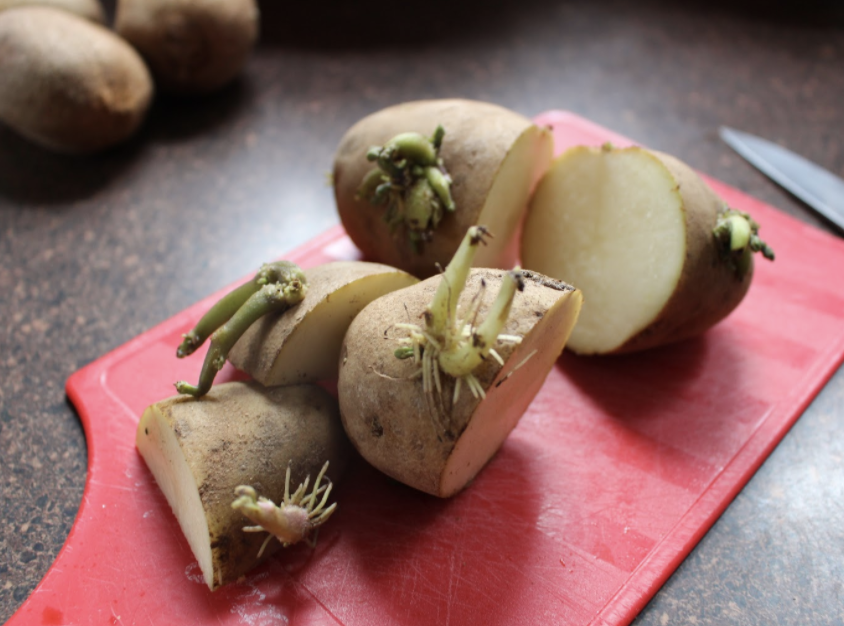
POTATOES
Forgotten potatoes with sprouting eyes can grow into all new potatoes. Cut a sprouting potato into quarters. Place the cut pieces into a mound of soil outside or in a large pot of soil. Each eye will grow a new potato.
PINEAPPLE
Step 1
Start by twisting the stem of leaves from the top of the pineapple.
Step 2
Pull off 4-5 rows of the leaves. You may even see some roots starting to form.
Step 3
Prepare a pot or container with potting soil. Water the soil so it is damp but not soggy. Carefully twist the exposed base of the leaves into the soil.
Step 4
Water by pouring water into the leaves.
Some leaves might wilt, wither, or fall off but stick with it as they will start to grow again in time. If conditions are right, your plant may flower and produce a pineapple in 2-3 years. Here’s an example of a pineapple plant that has been growing for about 8 months:
AVOCADOS
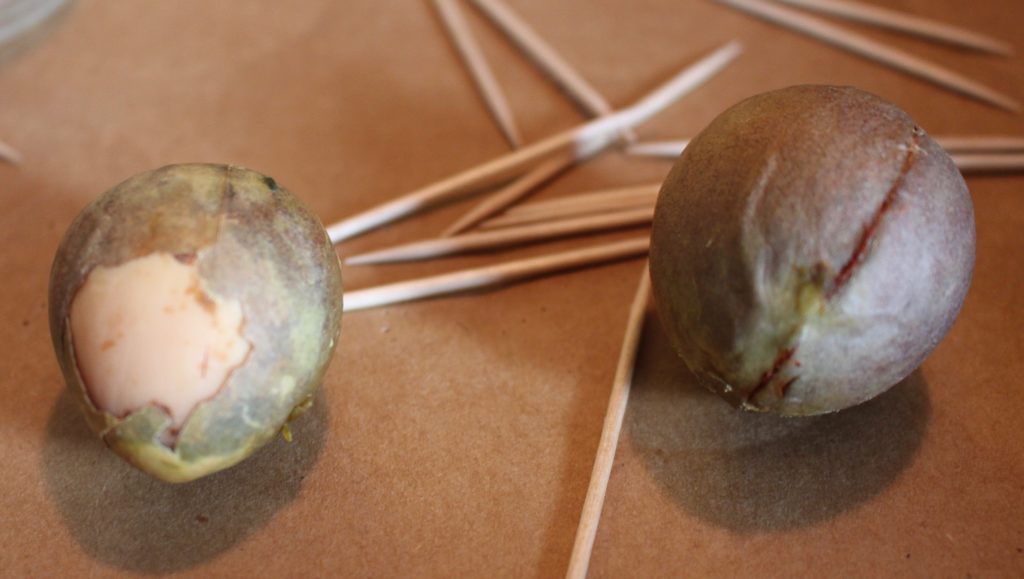
Step 1
Carefully peel off the brown skin that covers the seeds. Look for lines that run down the sides of the seed. There are often 2 or 3.
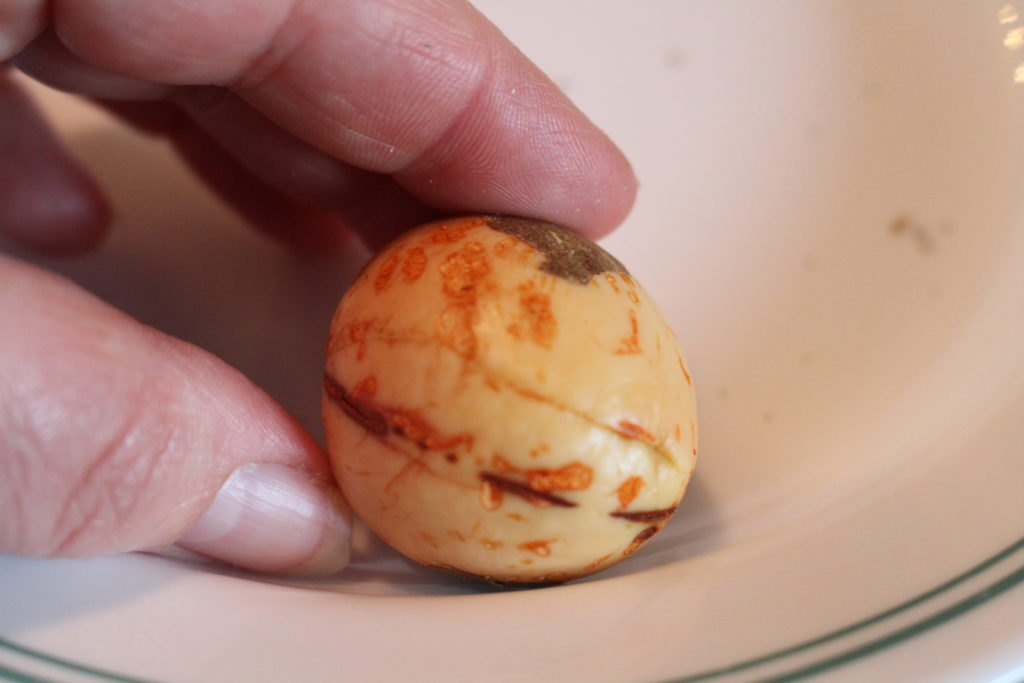
Step 2
With the wider part of the seed pointed down, insert 3 toothpicks, being careful to avoid those lines that run down the seed. Try to insert the toothpicks at a roughly 45 degree angle.
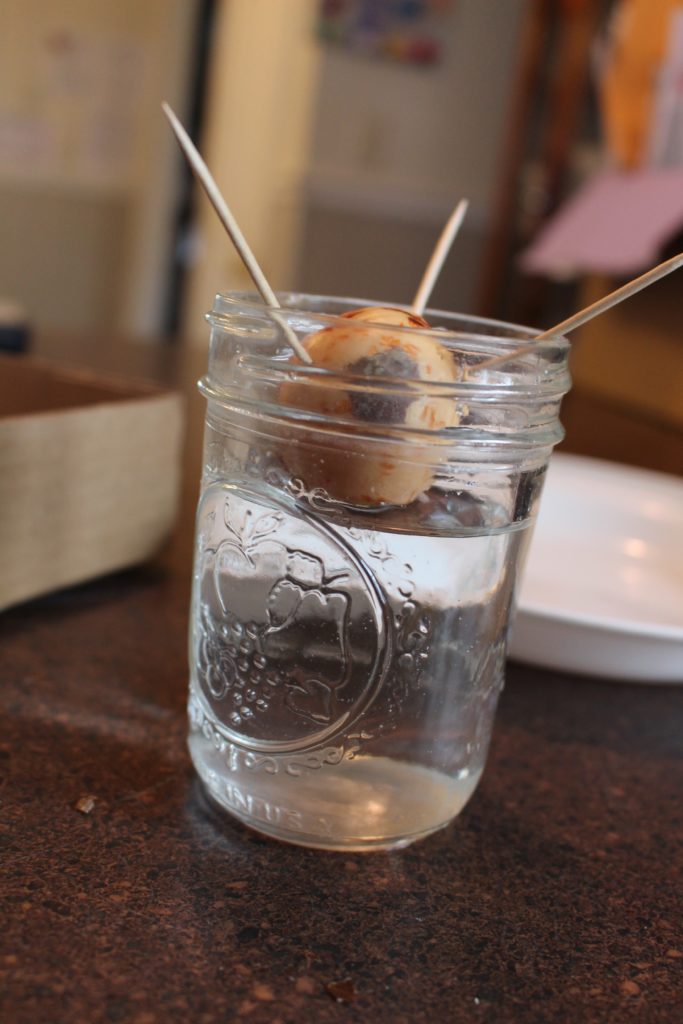
Step 3
Fill a jar, glass, or container with water. Use the toothpicks to balance the seeds on the edges of the container so that the wide end just touches the water.
Keep an eye on the water, changing it every 2-3 days or whenever it looks green or dirty. Be patient, it may take 1-2 MONTHS for the seed to full split open and roots and a stem start to grow. Continue to monitor and change the water regularly. Once the roots have grown a bit and the stem has at least 4 leaves, it can be transplanted into soil. Avocados need even moisture so be sure to check daily and water often.
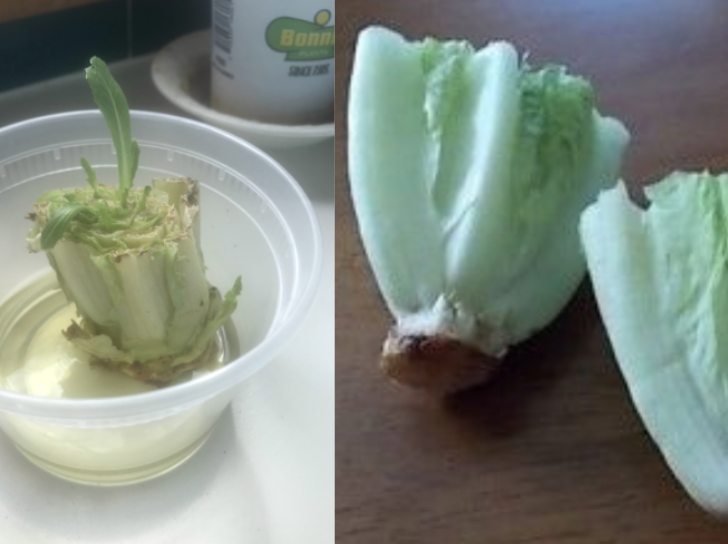
ROMAINE LETTUCE
After eating the tender tips of Romaine Lettuce, you can regrow more lettuce from the bottoms. Save the bottom of the head of lettuce like in the picture. Place it in a bowl with ¼-½ inch of water. Set it near a sunny window.
The lettuce will begin to grow from the middle within a few days. After it has grown a few inches you can place it in your garden to continue growing. In 10-12 days the new head of lettuce will be small but ready to harvest to eat.


